Album containing an exceptional collection of 19 early CDVs, including seminal portraits by famed Western photographer, William Henry Jackson, and a rare set of photographs of Indians who fought in the Dakota War of 1862 (also known as the Sioux Uprising). Various places, ca 1860s. The 19 albumen prints are on original mounts, most with printed captions and photographer's backmarks. Contemporary leather album. Indian Warriors of the Dakota War: The collection includes an extraordinary series of portraits of the great and infamous Indian leaders in the Dakota War of 1862 in Minnesota. On August 4, 1862, about 500 Dakota broke into food warehouses at the Lower Sioux Agency to take food they believed rightfully theirs, inflaming already high passions. Several weeks later a band of Dakota killed a group of white settlers, the massacre referred to in the captions of these photographs. Soon, the Dakota, led by Little Crow, were attacking settlers throughout the Minnesota Valley in an effort to drive out the white men. Abraham Lincoln sent troops to suppress the uprising. By the end of 1862, more than one thousand Dakota were imprisoned, and in December, 38 were hanged simultaneously, the largest one-day public execution in US history. Lincoln had personally reviewed the trial record to distinguish those who had fought the government from those who had killed civilians. He commuted the death sentences of 264 Dakota, costing him votes but prompting him to declare "I could not afford to hang men for votes." Including the following cartes, each with Whitney's Gallery, Minnesota backmark: Little Crow, Sioux Chief, leader of the "Indian Massacre" of Minnesota in 1862. The foremost Indian military leader in the Dakota uprising, Little Crow was "the most brilliant Dakota Chief of his day" (ANB). He was killed by a settler for a bounty in 1863; Ta-Tanka-Nazin (Standing Buffalo), "hereditary chief of the Sioux and participant in the Massacre of 1862, in Minnesota." Standing Buffalo refused to sanction Little Crow's actions and took active measures to protect white settlers; Ampetue-Tokeca (Other Day). John Other Day famously saved a group of 62 settlers by warning them of the impending Dakota attacks on August 19, 1862 and leading them to safety; Cut Nose, leading figure in the 1862 Minnesota uprising, "infamous Indian who murdered 5 men and 18 women and children." Cut Nose was among those Indians who were not spared by Lincoln. He was one among the 38 Indians hanged in December of 1862, and after his hanging, Cut Nose's body was taken by W.W. Mayor who dissected and displayed it at the Mayo Clinic; Po-Go-Nay-Ke-Shick (Hole in the Day), celebrated Chippewa [Ojibwe] Chief. Hole in the Day helped initiate the 1862 war, abandoning years of negotiations with the federal government. His campaign emphasized destruction of property while avoiding bloodshed. The treaty of 1864 justified his efforts, putting the tribe on a sound economic footing. Hole in the Day and a dozen other Ojibwe were killed in an ambush en route to peace negotiations. Rare Early William Henry Jackson Portraits: 9 cartes were produced by William Henry Jackson who, with Carleton Watkins, is one of the most celebrated photographers of the 19th-century West. He began his career with a mobile wagon darkroom photographing Indians, especially the Pawnee, around Omaha in 1868. "Unlike other pioneer photographers in the West, Jackson became a living legend" (Fuller). From 1870 to 1878, Jackson served as official photographer for the Hayden Survey, establishing his national reputation, but these 1868 portraits represent the dawn of his illustrious career. Each carte with Jackson Bros., Omaha imprint: Native American [Spotted Tail?] with Peace Pipe. This is among the earliest known photographs of an Indian with a peace pipe; Pawnee Man, with buffalo blanket and war feather; Pawnee mother and child; Pawnee Family; Pawnee Chief with feather; Blackfoot Man with bow and arrows; Cheyenne Chie
Album containing an exceptional collection of 19 early CDVs, including seminal portraits by famed Western photographer, William Henry Jackson, and a rare set of photographs of Indians who fought in the Dakota War of 1862 (also known as the Sioux Uprising). Various places, ca 1860s. The 19 albumen prints are on original mounts, most with printed captions and photographer's backmarks. Contemporary leather album. Indian Warriors of the Dakota War: The collection includes an extraordinary series of portraits of the great and infamous Indian leaders in the Dakota War of 1862 in Minnesota. On August 4, 1862, about 500 Dakota broke into food warehouses at the Lower Sioux Agency to take food they believed rightfully theirs, inflaming already high passions. Several weeks later a band of Dakota killed a group of white settlers, the massacre referred to in the captions of these photographs. Soon, the Dakota, led by Little Crow, were attacking settlers throughout the Minnesota Valley in an effort to drive out the white men. Abraham Lincoln sent troops to suppress the uprising. By the end of 1862, more than one thousand Dakota were imprisoned, and in December, 38 were hanged simultaneously, the largest one-day public execution in US history. Lincoln had personally reviewed the trial record to distinguish those who had fought the government from those who had killed civilians. He commuted the death sentences of 264 Dakota, costing him votes but prompting him to declare "I could not afford to hang men for votes." Including the following cartes, each with Whitney's Gallery, Minnesota backmark: Little Crow, Sioux Chief, leader of the "Indian Massacre" of Minnesota in 1862. The foremost Indian military leader in the Dakota uprising, Little Crow was "the most brilliant Dakota Chief of his day" (ANB). He was killed by a settler for a bounty in 1863; Ta-Tanka-Nazin (Standing Buffalo), "hereditary chief of the Sioux and participant in the Massacre of 1862, in Minnesota." Standing Buffalo refused to sanction Little Crow's actions and took active measures to protect white settlers; Ampetue-Tokeca (Other Day). John Other Day famously saved a group of 62 settlers by warning them of the impending Dakota attacks on August 19, 1862 and leading them to safety; Cut Nose, leading figure in the 1862 Minnesota uprising, "infamous Indian who murdered 5 men and 18 women and children." Cut Nose was among those Indians who were not spared by Lincoln. He was one among the 38 Indians hanged in December of 1862, and after his hanging, Cut Nose's body was taken by W.W. Mayor who dissected and displayed it at the Mayo Clinic; Po-Go-Nay-Ke-Shick (Hole in the Day), celebrated Chippewa [Ojibwe] Chief. Hole in the Day helped initiate the 1862 war, abandoning years of negotiations with the federal government. His campaign emphasized destruction of property while avoiding bloodshed. The treaty of 1864 justified his efforts, putting the tribe on a sound economic footing. Hole in the Day and a dozen other Ojibwe were killed in an ambush en route to peace negotiations. Rare Early William Henry Jackson Portraits: 9 cartes were produced by William Henry Jackson who, with Carleton Watkins, is one of the most celebrated photographers of the 19th-century West. He began his career with a mobile wagon darkroom photographing Indians, especially the Pawnee, around Omaha in 1868. "Unlike other pioneer photographers in the West, Jackson became a living legend" (Fuller). From 1870 to 1878, Jackson served as official photographer for the Hayden Survey, establishing his national reputation, but these 1868 portraits represent the dawn of his illustrious career. Each carte with Jackson Bros., Omaha imprint: Native American [Spotted Tail?] with Peace Pipe. This is among the earliest known photographs of an Indian with a peace pipe; Pawnee Man, with buffalo blanket and war feather; Pawnee mother and child; Pawnee Family; Pawnee Chief with feather; Blackfoot Man with bow and arrows; Cheyenne Chie





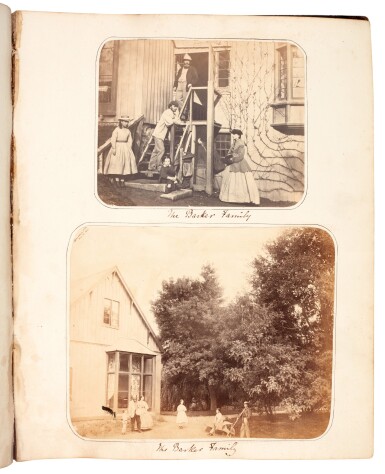
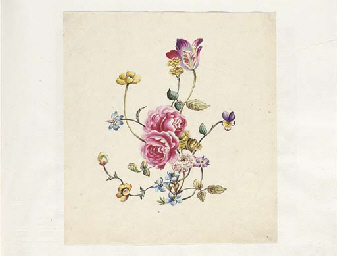
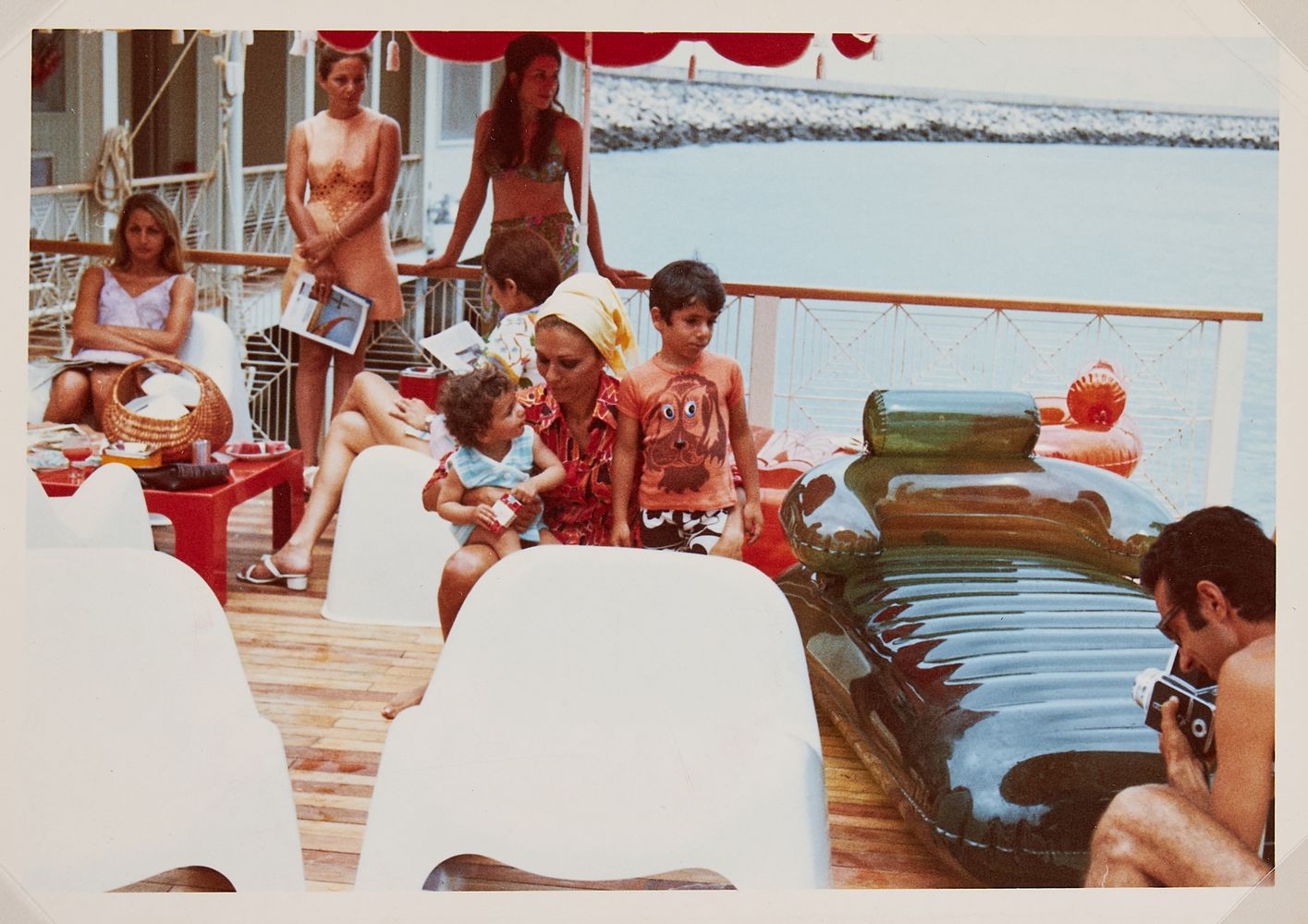



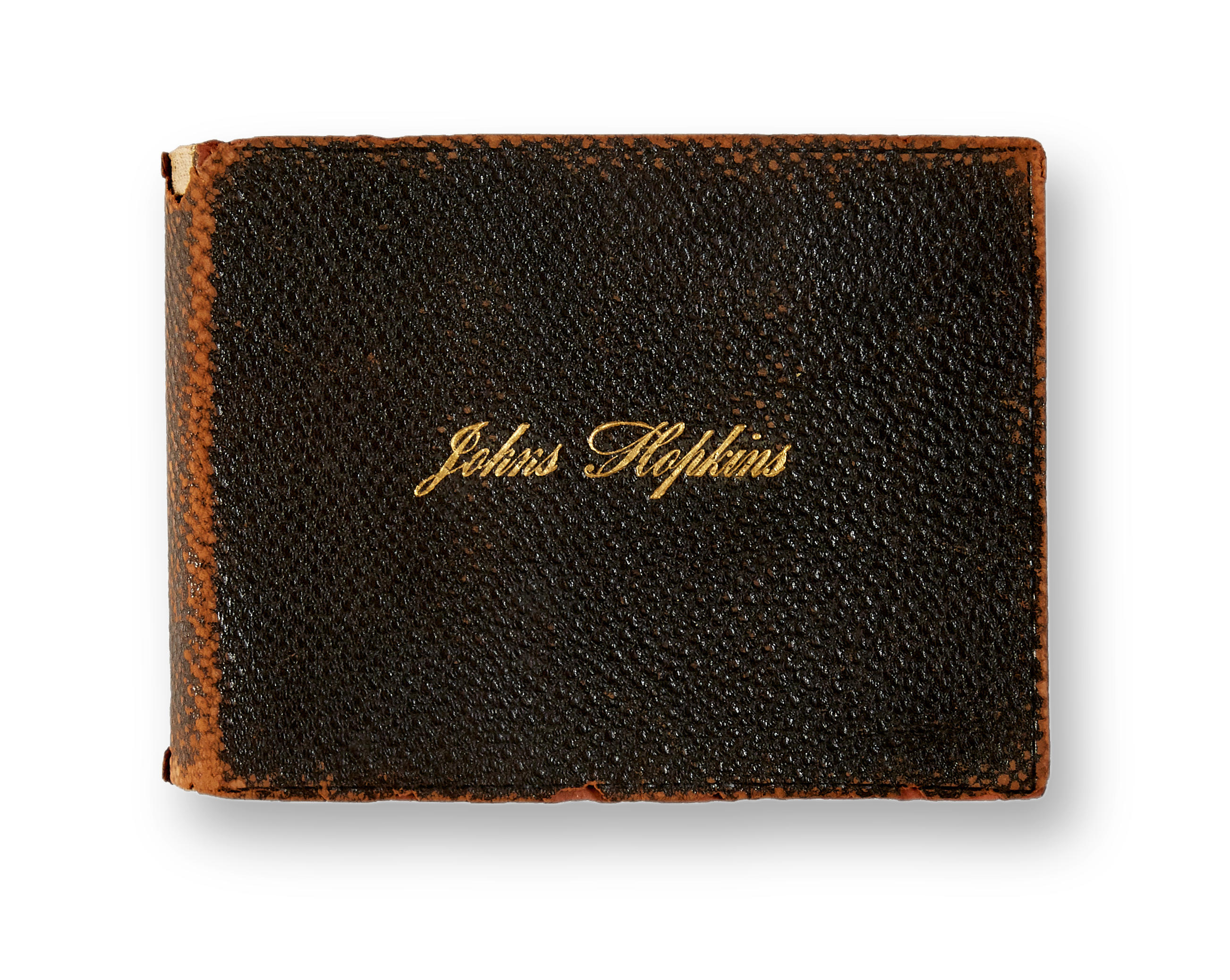
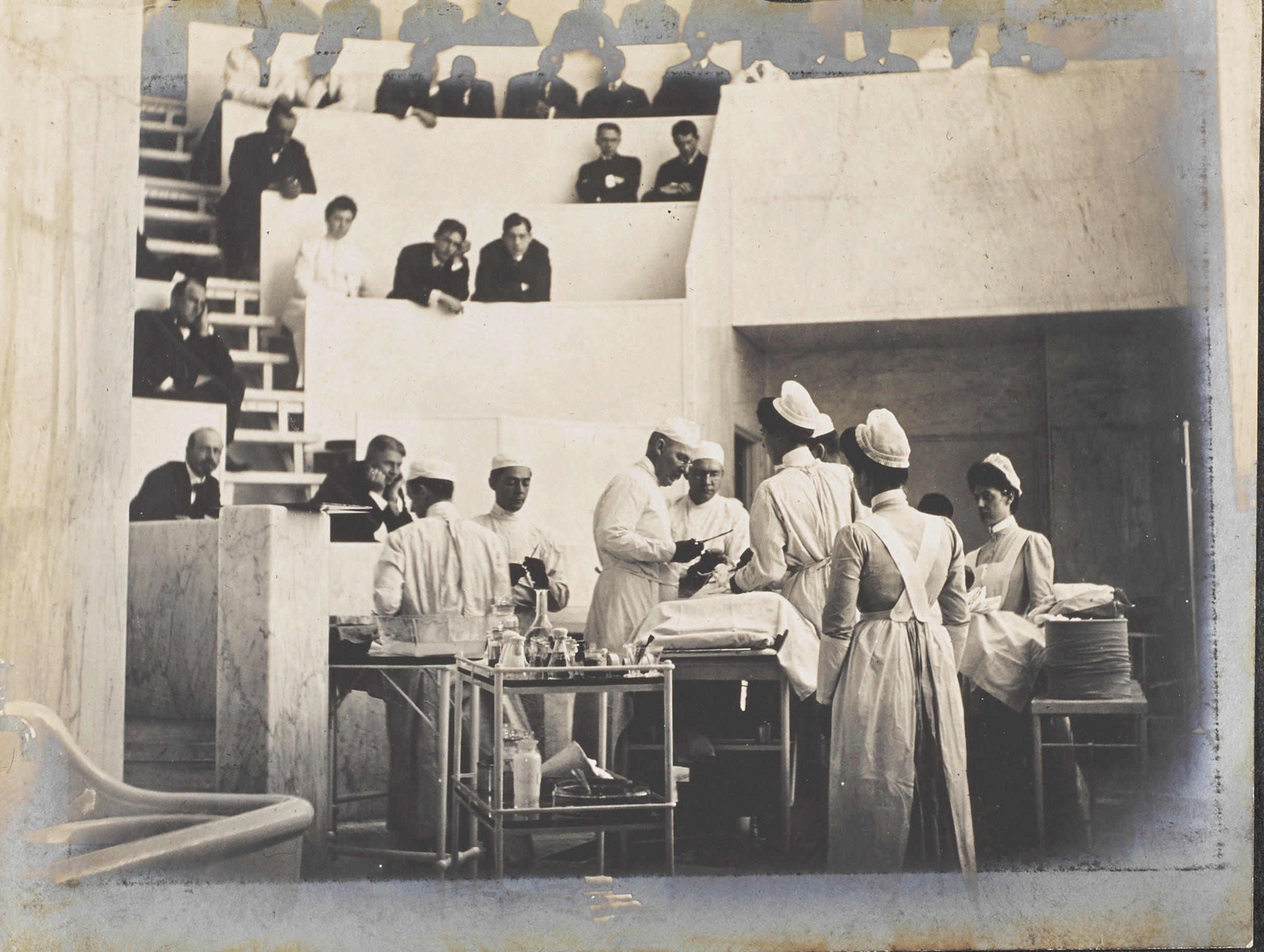

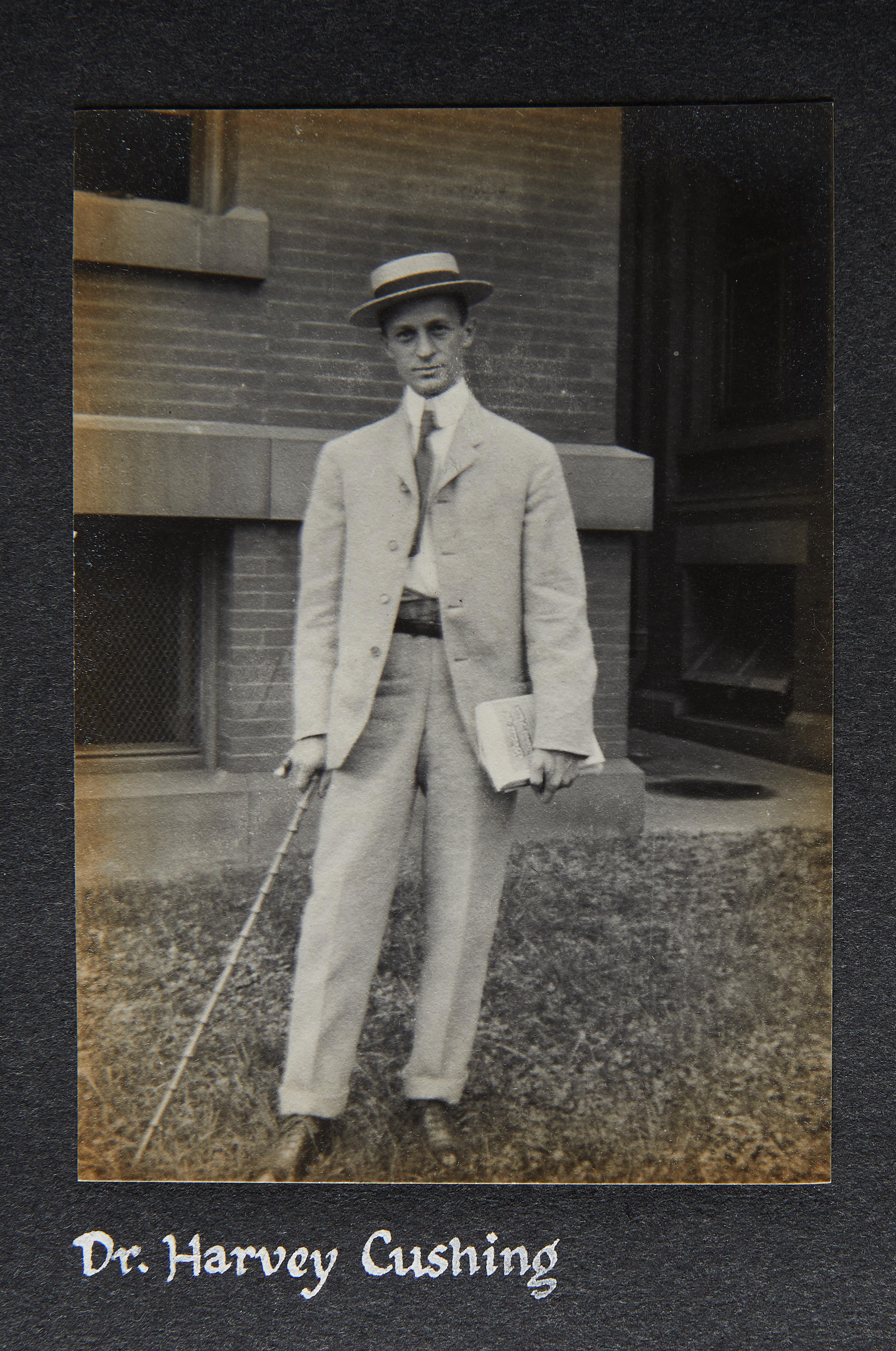
Testen Sie LotSearch und seine Premium-Features 7 Tage - ohne Kosten!
Lassen Sie sich automatisch über neue Objekte in kommenden Auktionen benachrichtigen.
Suchauftrag anlegen